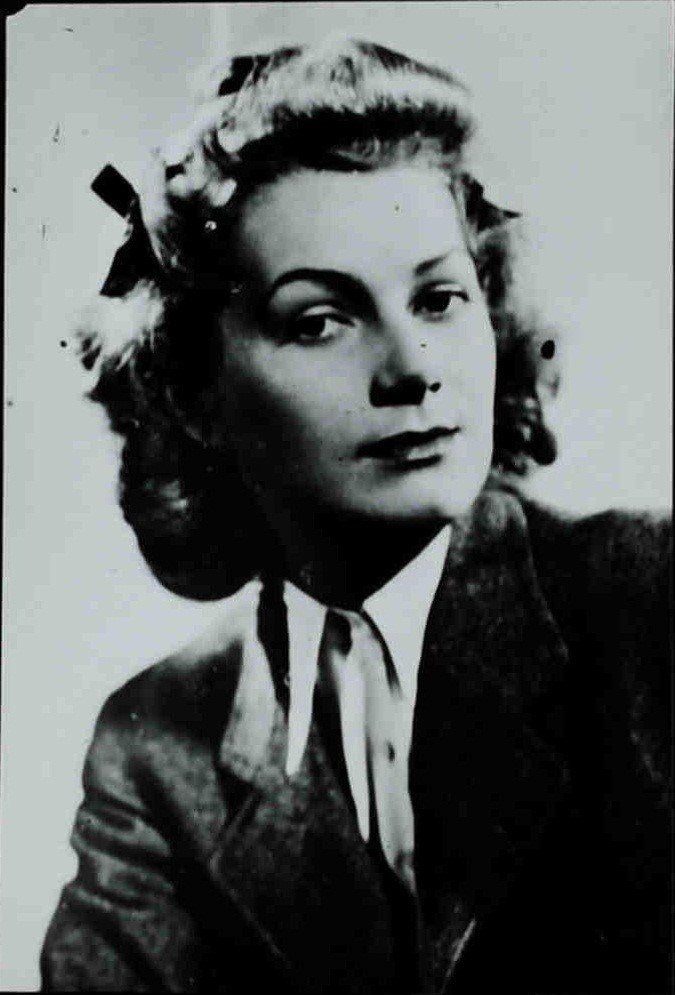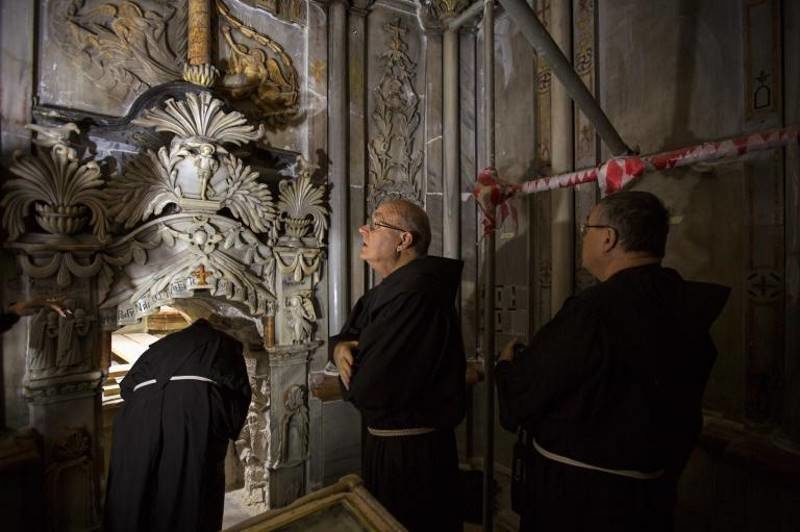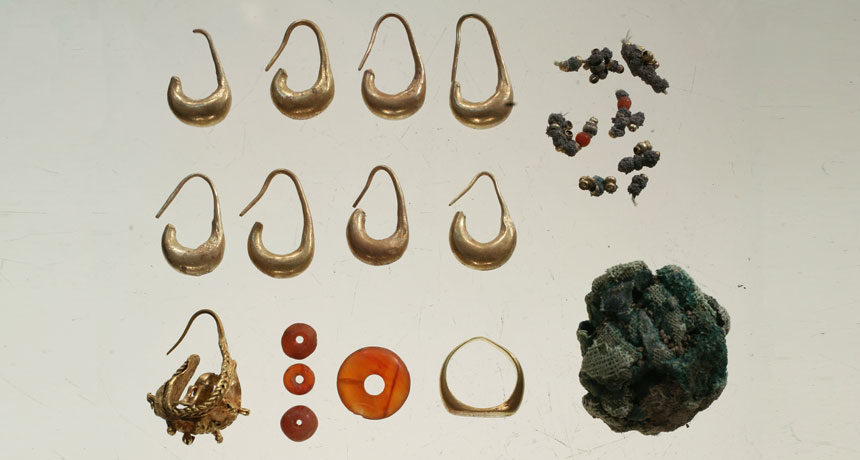
Twenty years after the Palestinian leadership declared partition 'entirely illegal,' they reversed course and recognized that accepting the division of the homeland could lay the groundwork for an independent state.
A few days ago, Israel and its supporters worldwide marked the 70th Anniversary of the 1947 Partition Resolution, which was passed by the UN and called for the division of Palestine into two states, one Arab and one Jewish.
Why did the Palestinians say "no" to partition? The answer is simple. They believed that it was unjust, that all of the land was rightfully theirs, and, more to the point, they believed they did not have to accept it. Everyone knew that war was imminent, and the Palestinians could not imagine that 600,000 Jews could withstand the overwhelming power of the Arab armies.
But in their celebrations, the commemorators missed a different anniversary. It occurred, largely unnoticed, two weeks earlier: the 29th anniversary of the Palestinian Declaration of Independence, proclaimed by the PLO on November 15, 1988.













Comment: Although the land on which Israel is now sitting was stolen from the Palestinian people, they have made a huge concession by recognizing the legitimacy of the state of Israel if only they will be recognized in return. Unfortunately, the Zionist plan has always been to take as much land of Palestine and beyond as possible - even if it's by ethnic cleansing - so the Palestinian position will solve nothing.